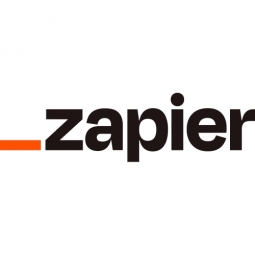Hotjar Enhances Remote Team Efficiency with Automated Databases
- Application Infrastructure & Middleware - Database Management & Storage
- Infrastructure as a Service (IaaS) - Cloud Databases
- Cement
- Finance & Insurance
- Sales & Marketing
- Leasing Finance Automation
- Time Sensitive Networking
- System Integration
- Testing & Certification
Hotjar, a website analytics and feedback platform used by over 200,000 companies, operates as a remote company with employees spread across four continents. The company's primary challenge was maintaining effective communication and collaboration among its remote teams. The difficulty of tracking co-workers' activities and ensuring seamless coordination across different time zones was a significant hurdle. Furthermore, the finance team was manually collecting information about users interested in annual plans and ensuring data consistency between their content management system (CMS), HubSpot, and their billing software, Freshbooks. This manual process was time-consuming and prone to errors.
Hotjar is a website analytics and feedback platform used by over 200,000 companies worldwide. The company operates remotely, with employees spread across four continents. Hotjar's primary service is to help website owners understand their visitors and uncover opportunities for improvement. By analyzing visitor behavior, businesses can redesign their sites for better flow, language, and customer response. Despite the complexity of their offering, Hotjar relies on its employees to work together as efficiently as their product. The company's commitment to smart communication and nurturing a team dynamic is crucial to its success.
Hotjar turned to Zapier, an app automation tool, to enhance its team efficiency and reduce manual work. The company used Zapier for Teams and its Shared Folders feature to automate workflows and boost cross-team productivity. The primary workflow that needed automation was the path from their CMS, HubSpot, to their billing software, Freshbooks. Instead of asking their engineering team to build an integration, they linked together a sequence of Zaps, which are bridges between two or more apps. They created a form on a HubSpot landing page, and every time a customer submitted a response, Zapier sent those entries to a Google Sheet to create a separate database. Once in the Google Sheet, Zapier passed the entry on to Freshbooks, creating a new client. This integration saved the finance team a significant amount of time collecting and matching data.
Related Case Studies.











